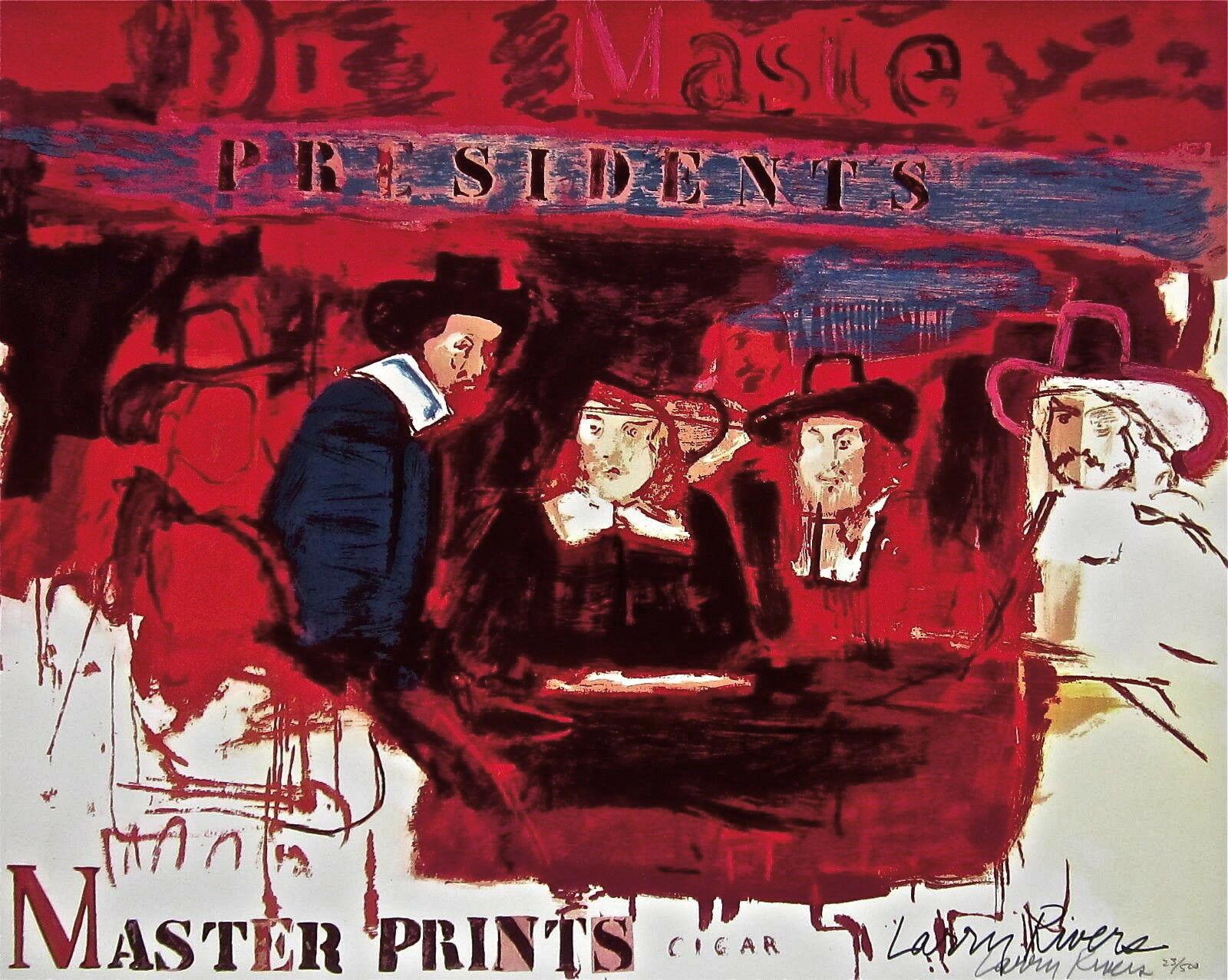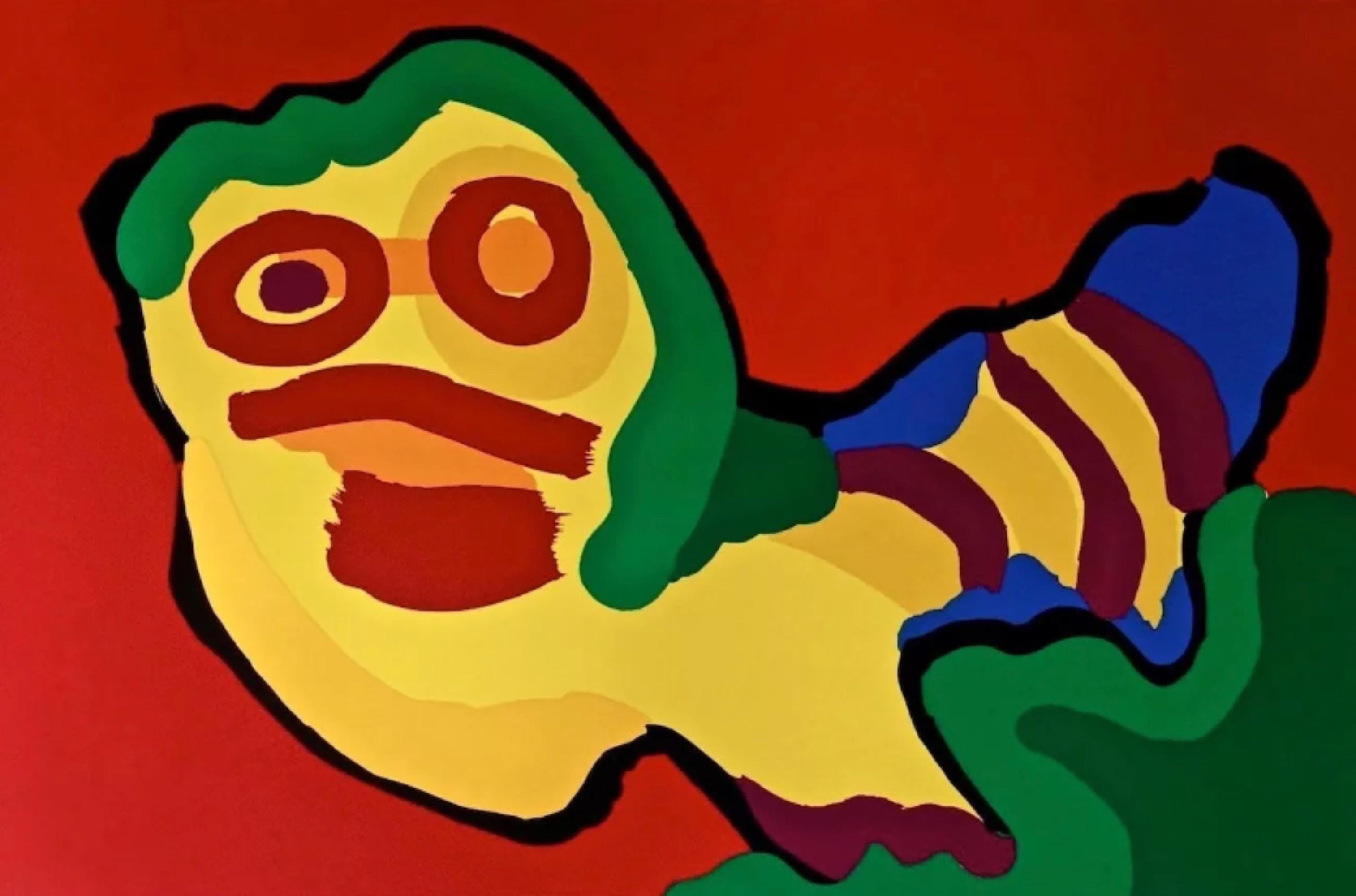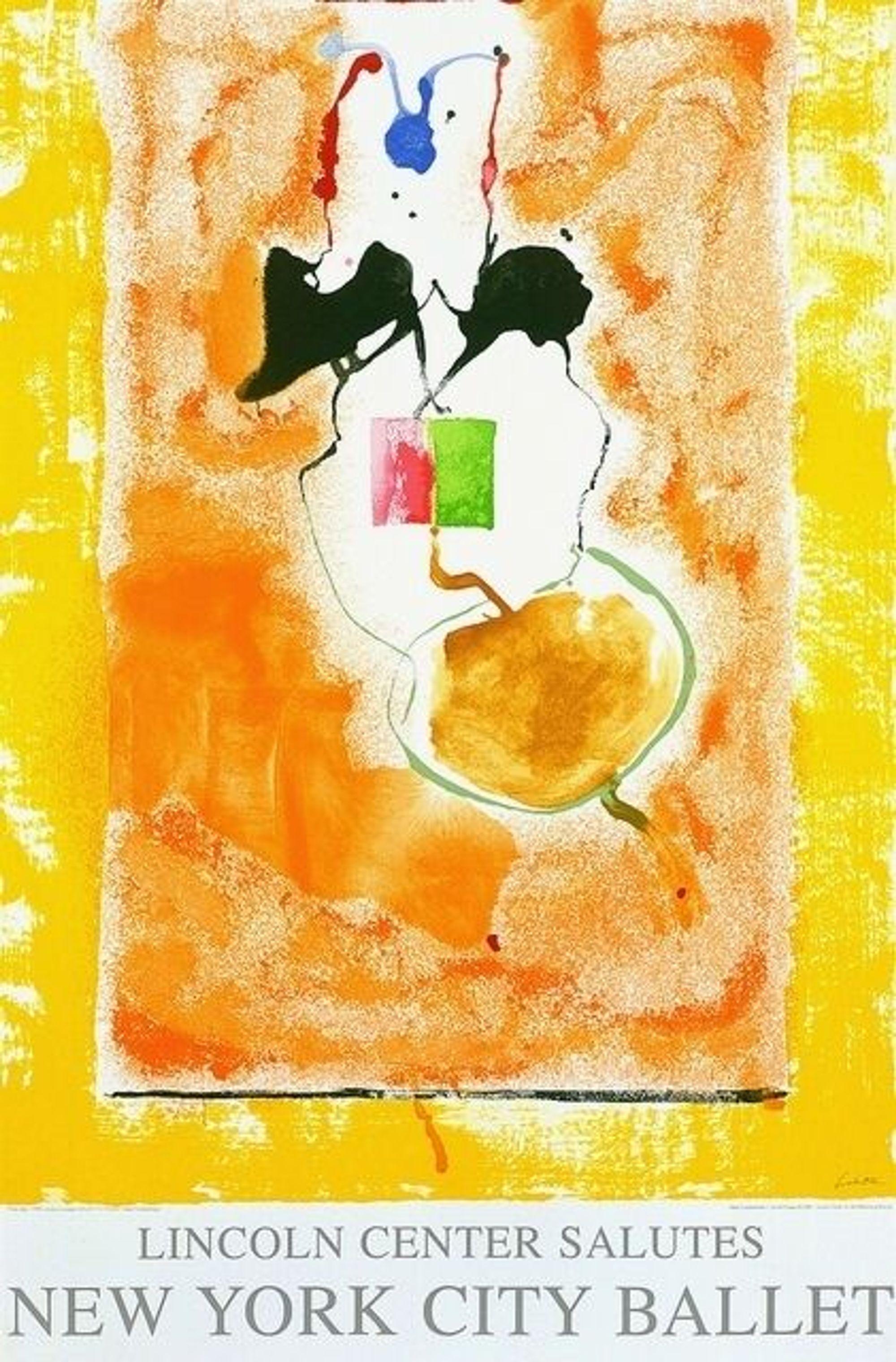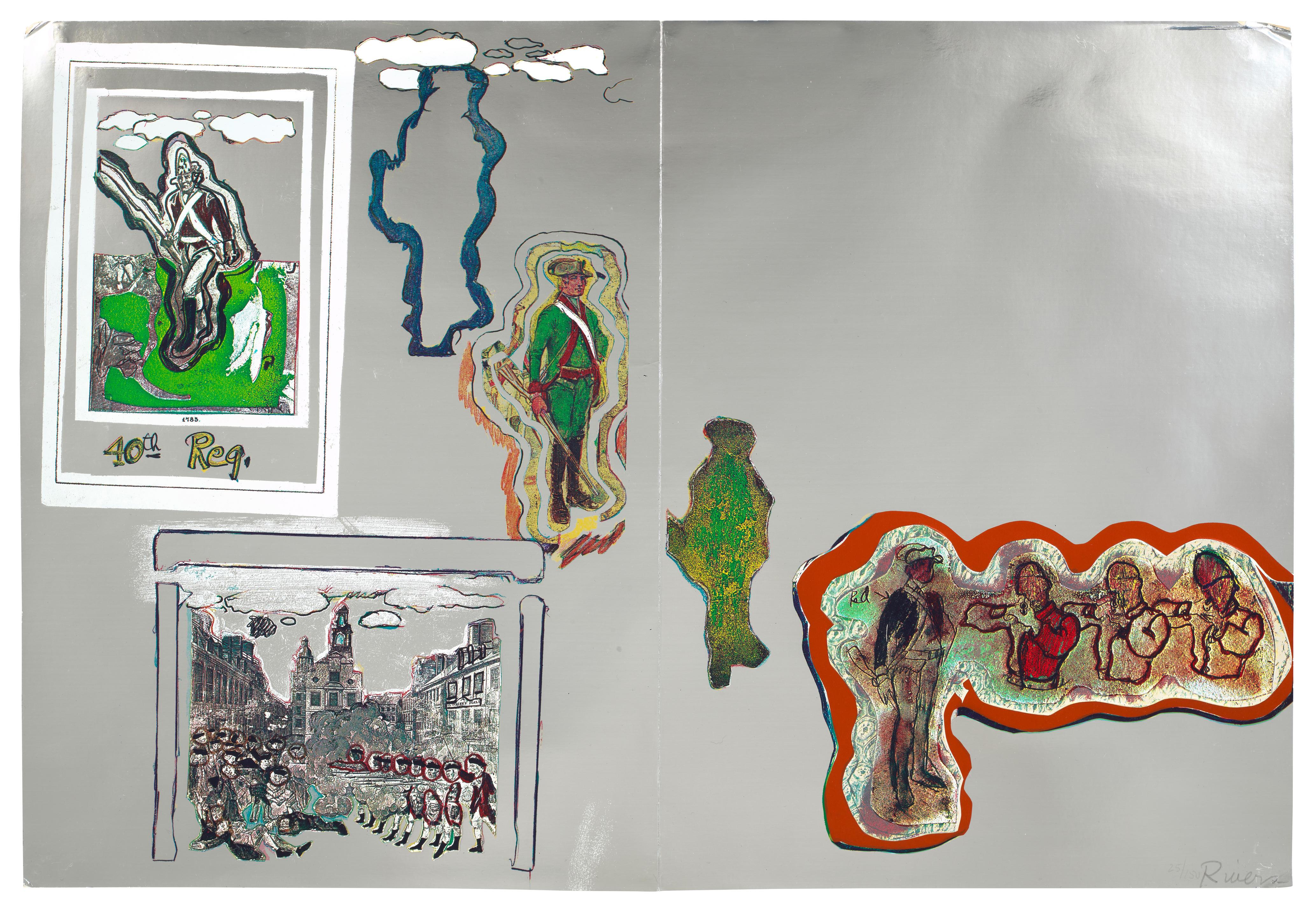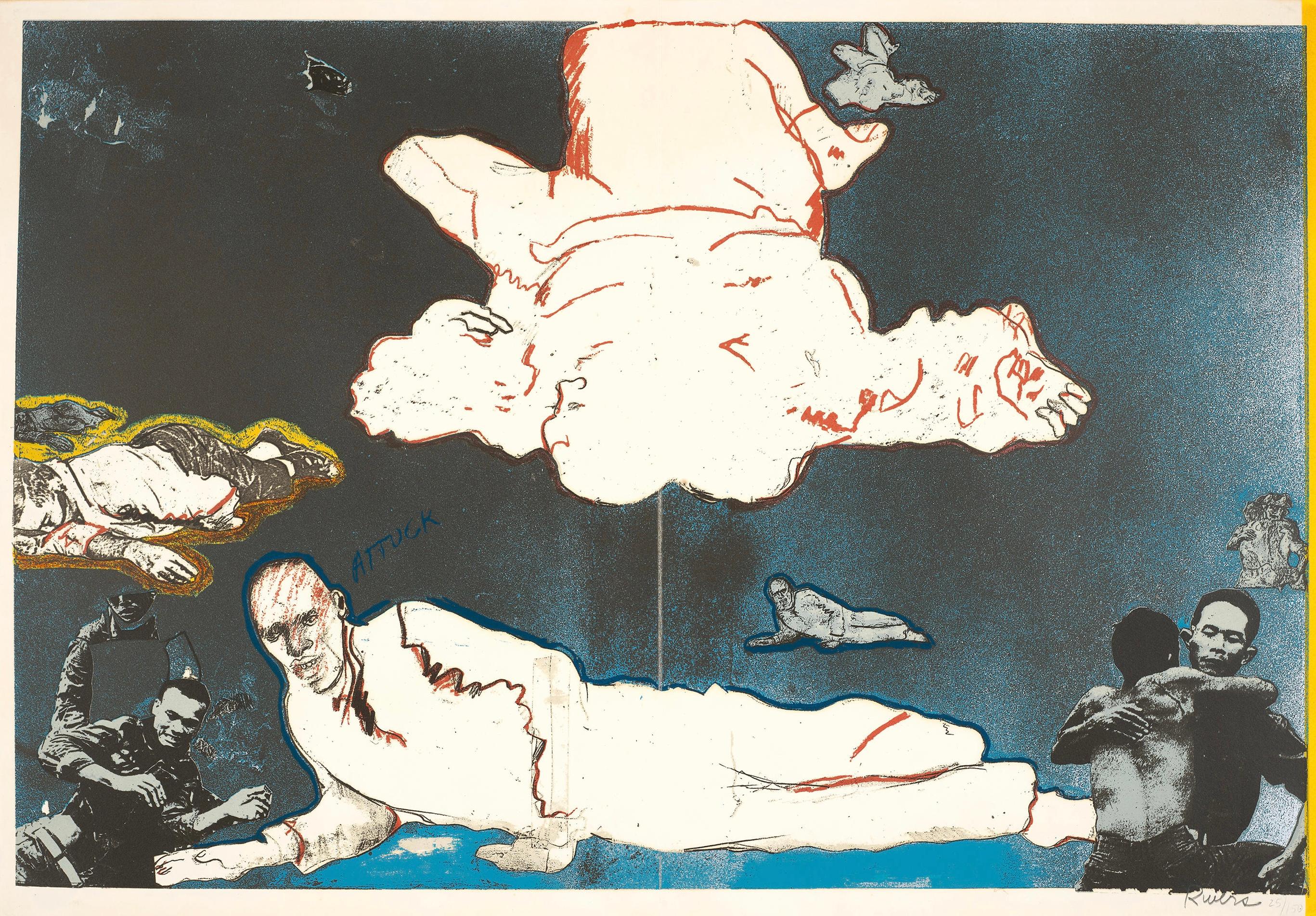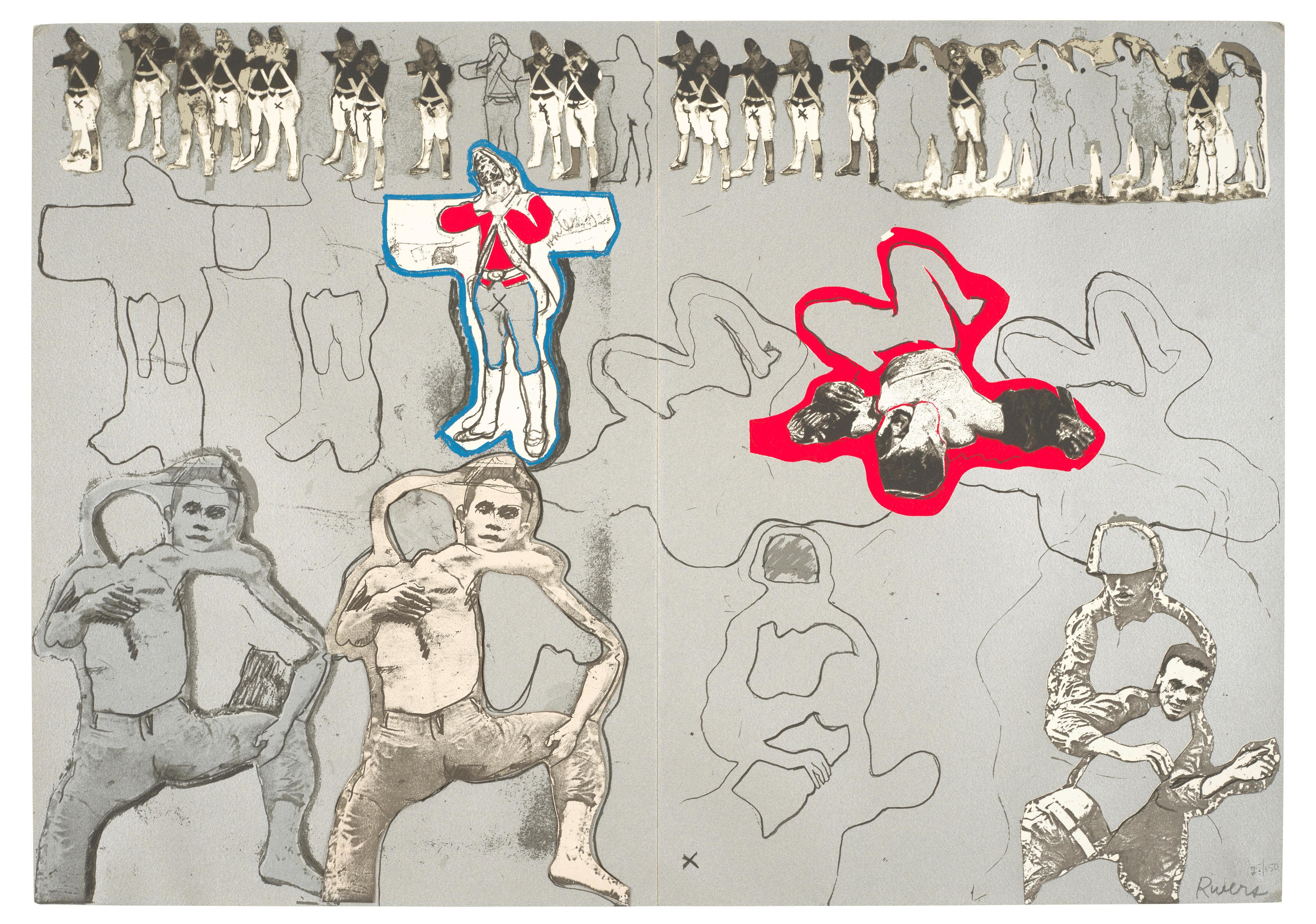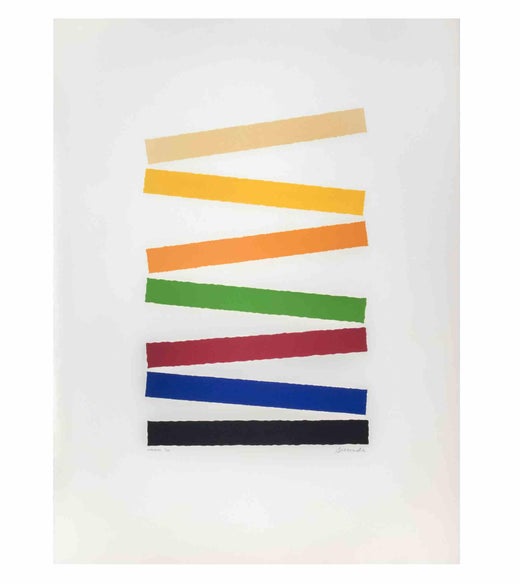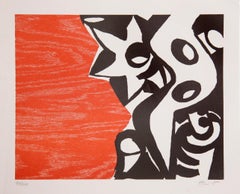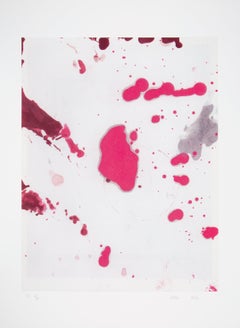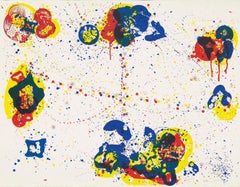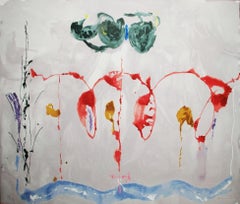Arthur SecundaMétamorphose Des Fleursm, Abstract Screenprint by Arthur Secunda1989
1989
About the Item
- Creator:Arthur Secunda (1927, American)
- Creation Year:1989
- Dimensions:Height: 46.5 in (118.11 cm)Width: 28.5 in (72.39 cm)
- Medium:
- Movement & Style:
- Period:
- Framing:Framing Options Available
- Condition:
- Gallery Location:Long Island City, NY
- Reference Number:Seller: RO785361stDibs: LU46610124792
Arthur Secunda
Arthur Secunda is an American painter, sculptor and printmaker, born in 1927, in Jersey City, New Jersey. He had his first one-man show in 1950, at the Galerie Lucien Gout, in Montpellier, France. His works hang in the permanent collections of institutions worldwide, including the Museum of Modern Art, in New York, the Library of Congress, in Washington, DC, the Chicago Art Institute, in Chicago, the Honolulu Academy of Fine Arts, in Honolulu and the Detroit Art Institute, in Detroit.
- ShippingRetrieving quote...Shipping from: Long Island City, NY
- Return Policy
More From This Seller
View All1980s Abstract Expressionist Abstract Prints
Screen
1990s Abstract Expressionist Abstract Prints
Screen
1990s Abstract Expressionist Abstract Prints
Screen
1990s Abstract Expressionist Abstract Prints
Screen
1990s Abstract Expressionist Abstract Prints
Screen
1990s Abstract Expressionist Abstract Prints
Screen
You May Also Like
Early 2000s Abstract Expressionist Abstract Prints
Screen
20th Century Abstract Expressionist Abstract Prints
Screen
Late 20th Century Abstract Expressionist Abstract Prints
Screen
21st Century and Contemporary Abstract Expressionist Abstract Prints
Screen
1990s Abstract Expressionist Abstract Prints
Lithograph, Screen
1970s Abstract Expressionist Abstract Prints
Screen
Recently Viewed
View AllRead More
Romare Bearden’s Humanity Infuses His Bright, Bold Art
Through collage, painting and printmaking, the artist foregrounded Black life in America in revolutionary new ways.
Chryssa’s 1962 Neon Sculpture Was Way ahead of the Art-World Curve
By working with lettering, neon and Pop imagery, Chryssa pioneered several postmodern themes at a time when most male artists detested commercial mediums.
